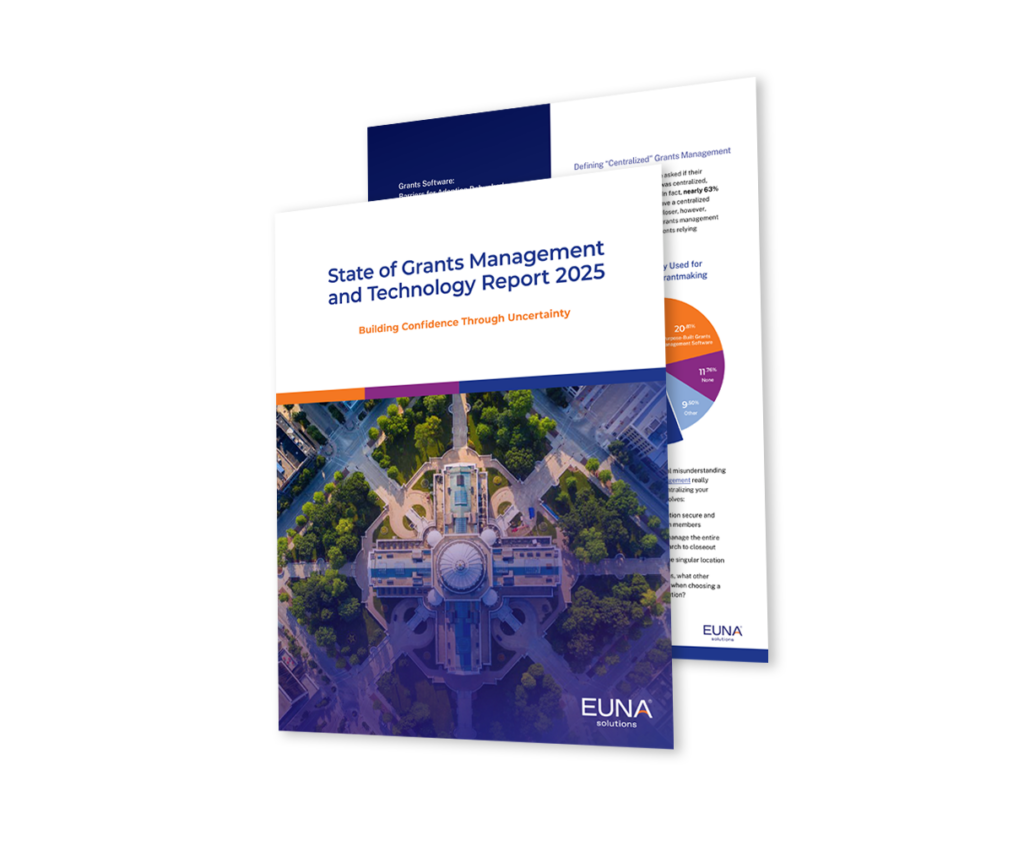In our last blog, we shared insights we’ve gained from public procurement professionals about struggles with workforce capacity decreasing and project volume increasing. A key call-out: it’s essential to build a workforce that’s not just engaged, but truly committed to the mission.
Our 2024 State of Public Procurement report highlights the incredible impact of purpose on employee performance—when people see meaning in their work, they can improve their output by an impressive 33% and become 75% more dedicated to their organization, according to McKinsey & Company.
This dedication is crucial, especially in the public sector where workforce challenges are prevalent. By leveraging full-cycle procurement technology and enhancing collaboration, organizations can not only improve efficiency but also ensure a motivated team dedicated to serving the community.
The Importance of Collaboration
Collaboration really is the heart of productivity when it comes to procurement processes. When your team members are working together seamlessly, they can accomplish their tasks much more efficiently, which saves everyone a lot of time. In fact, research shows an impressive 18% higher productivity, attributed to heightened team engagement.
By fostering an environment that encourages teamwork, procurement teams can unlock their potential and yield better outcomes for both the organization and the community.
Embracing Purpose-Built Technology
Adoption of technology is vital for enhancing employee engagement. Research from Salesforce shows that staff dissatisfied with their technology at work are more than twice as likely to experience feelings of burnout and twice as likely to consider leaving their current employer within a year.
Selecting procurement software that is not only user-friendly but also rich in collaborative features can dramatically impact how teams operate. By doing so, organizations can enhance employee morale and productivity, leading to a workforce capable of managing more projects with the same headcount.
Consider implementing full-cycle procurement solutions, such as Euna Procurement, to facilitate 100% online collaboration among everyone involved in the procurement process, including suppliers, buyers, and stakeholders.
A practical tip to enhance efficiency is to reduce manual, error-prone calculations for tasks like RFP responses and evaluation team consensus. By leveraging a modern eProcurement solution, you can enable instant tabulation and comparisons, streamlining your processes and fostering a more engaged workforce.
Employment Driven by Purpose
Shifting perceptions of government work towards a “purpose-driven employment” approach can significantly boost motivation among staff. When employees understand how their roles directly impact the community, they feel inspired to contribute meaningfully.
This aspect is essential, as procurement departments have often struggled to communicate their value. By articulating the link between procurement efficiencies and their positive social implications, organizations can engage employees more deeply, making their work feel significant.
Tech can help in two major ways:
- Focus on impactful tasks. By taking much of the manual, repetitive tasks off their desks, teams can focus on the more meaningful work that contributes to their community. Bringing that efficiency into your procurement processes not only improves the employee experience but furthers organizational goals.
- Enable data-driven decision-making. Detailed analytics tools help showcase cost avoidance and hard dollar savings. Not only that, but these tools can also help you show how savings are redirected to further strategic goals.
Data-Driven Decision Making
Utilizing detailed analytics tools to showcase procurement savings can strengthen the organizational narrative. By demonstrating how these savings are redirected to critical projects—such as homelessness initiatives—public procurement teams can clarify their role in addressing societal issues. This transparency reinforces the purpose behind the work and highlights the team’s contributions to broader organizational goals.
Enhancing employee engagement in public procurement is not merely an HR initiative; it’s a strategic imperative. By focusing on collaboration, technology adoption, purposeful employment, and data transparency, organizations can cultivate a motivated and efficient workforce committed to serving their communities effectively.
Want to learn more about utilizing collaboration through a full-cycle procurement solution? Check out our procurement page!
Read the next blog in the series: Navigating Procurement Challenges in Today’s Landscape!

